When should you go to the doctor for a fever. When to See a Doctor for Fever: Essential Guide to Fever Care
What temperature is considered a fever in adults and children. When should you seek medical attention for a fever. How can you manage fever symptoms at home. What are the common causes of fever. What additional symptoms might accompany a fever.
Understanding Fever: Definition and Significance
A fever is typically defined as a body temperature of 100.4°F (38°C) or higher. It’s important to understand that fever itself is not an illness, but rather a symptom of an underlying condition. When your body temperature rises, it’s often a sign that your immune system is fighting off an infection or responding to some other form of stress.
But how does fever work? Your body’s temperature is regulated by a part of the brain called the hypothalamus. When your immune system detects a threat, it releases chemicals that signal the hypothalamus to raise your body temperature. This increased heat can help kill off pathogens and boost your immune response.

Normal Body Temperature vs. Fever
What’s considered a normal body temperature? The average normal body temperature is generally accepted to be 98.6°F (37°C), but this can vary slightly from person to person. A temperature above 100.4°F (38°C) is usually considered a fever in adults. However, it’s worth noting that body temperature can fluctuate throughout the day, typically being lower in the morning and higher in the late afternoon and evening.
Fever in Different Age Groups: When to Be Concerned
The threshold for concern when it comes to fever varies depending on age. Let’s break it down:
Infants (0-3 months)
For infants under three months, any temperature of 100.4°F (38°C) or higher is considered a fever and requires immediate medical attention. This is because newborns have immature immune systems and are more susceptible to serious infections.
Children (3 months to 3 years)
For children between 3 months and 3 years, a fever is typically defined as:
- 100.4°F (38°C) or higher measured rectally
- 99.5°F (37.5°C) or higher measured orally
- 99°F (37.2°C) or higher measured under the arm
Contact your pediatrician if your child’s fever persists for more than a day or is accompanied by other concerning symptoms.
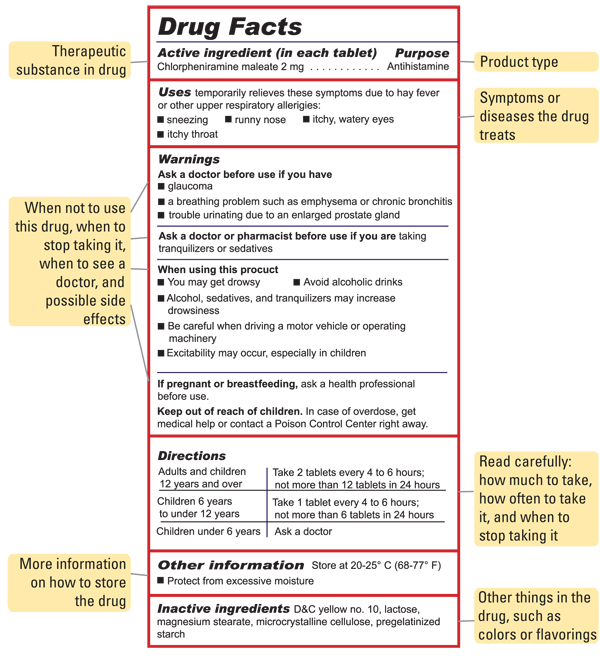
Adults
For adults, a temperature of 103°F (39.4°C) or higher warrants a call to your healthcare provider. Additionally, if you have a fever of 101°F (38.3°C) or higher and you’re immunocompromised or over 65 years old, it’s advisable to seek medical advice.
When to Seek Immediate Medical Care for a Fever
While most fevers can be managed at home, there are situations where immediate medical attention is necessary. When should you go to the emergency room for a fever?
- If your temperature reaches 105°F (40.6°C) or higher
- If you experience severe symptoms such as difficulty breathing, chest pain, or severe headache
- If you have a seizure
- If you develop a sudden rash or have signs of a severe allergic reaction
- If you have a compromised immune system (due to conditions like HIV, cancer, or ongoing chemotherapy)
Remember, it’s not just the number on the thermometer that matters, but also how you feel and what other symptoms you’re experiencing.
Common Causes of Fever and Associated Symptoms
Fever can be caused by various factors. Understanding these can help you better assess your situation and decide when to seek medical care. What are some common causes of fever?

- Viral infections (like flu, COVID-19, or common cold)
- Bacterial infections (such as strep throat or urinary tract infections)
- Inflammatory conditions (like rheumatoid arthritis)
- Certain medications
- Heat exhaustion or heat stroke
- Some cancers
- Vaccinations (as a temporary side effect)
Depending on the underlying cause, a fever may be accompanied by other symptoms. These can include:
- Chills and sweating
- Headache
- Muscle aches
- Loss of appetite
- Dehydration
- Fatigue
- Weakness
If you’re experiencing a combination of these symptoms along with a fever, it’s important to monitor your condition closely and consult with a healthcare provider if symptoms persist or worsen.
Home Care for Fever: Effective Management Strategies
While some fevers require medical attention, many can be managed effectively at home. What are some strategies for managing fever symptoms?
- Rest: Your body needs energy to fight off whatever is causing the fever. Get plenty of sleep and avoid overexertion.
- Hydration: Fever can lead to increased fluid loss through sweating. Drink plenty of water, clear broths, or electrolyte solutions to stay hydrated.
- Cool compresses: Applying a cool, damp washcloth to your forehead can help you feel more comfortable.
- Dress appropriately: Wear light, breathable clothing and use light bedding to avoid overheating.
- Over-the-counter medications: Acetaminophen or ibuprofen can help reduce fever and alleviate discomfort. Always follow the recommended dosage.
It’s important to note that while these strategies can help manage symptoms, they don’t treat the underlying cause of the fever. If your fever persists or is accompanied by severe symptoms, seek medical advice.
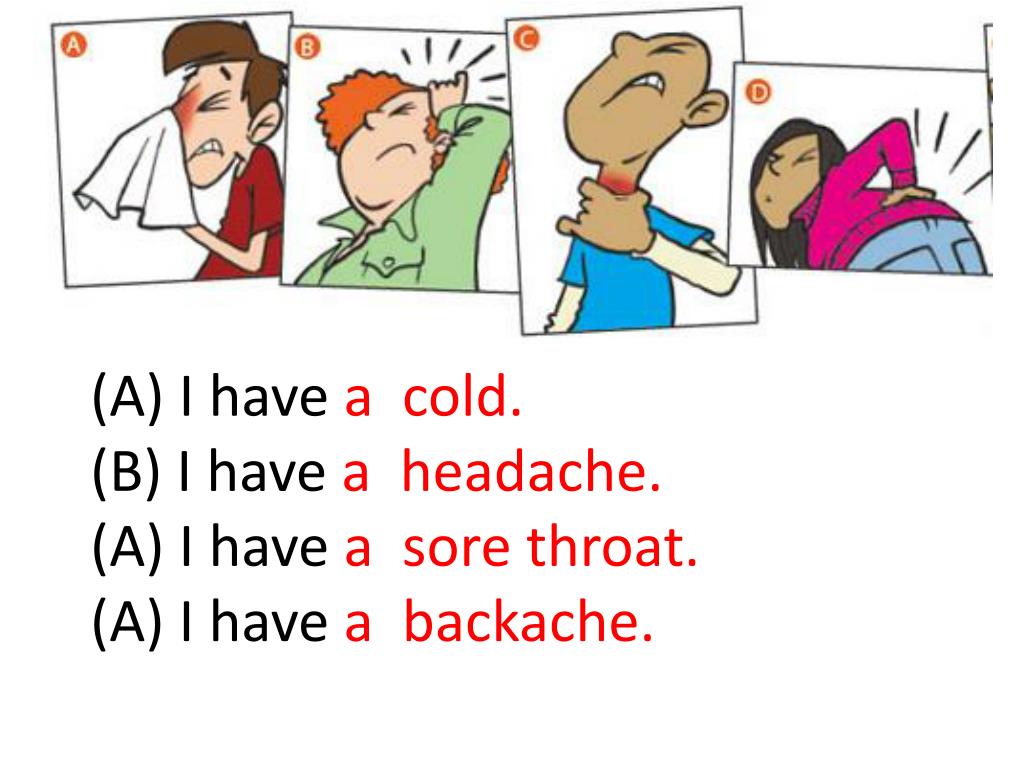
Fever in Special Populations: Considerations for Different Groups
Certain groups of people need to be especially cautious when it comes to fevers. Who are these special populations and what should they consider?
Elderly Individuals
Older adults may not always develop a fever in response to infection. Any change in body temperature, even a low-grade fever, should be taken seriously in this population. Additionally, elderly individuals are more susceptible to complications from fever, such as dehydration.
Immunocompromised Individuals
People with weakened immune systems, whether due to medical conditions or treatments, should be vigilant about fevers. Even a low-grade fever can be a sign of a serious infection in these individuals.
Pregnant Women
Fever during pregnancy can potentially affect fetal development, especially in the first trimester. Pregnant women should consult their healthcare provider promptly if they develop a fever.
Infants and Young Children
As mentioned earlier, infants and young children have different thresholds for what’s considered a fever. They’re also more susceptible to rapid temperature changes and dehydration. Close monitoring and prompt medical attention are crucial for this age group.

Fever and COVID-19: Special Considerations
In the context of the ongoing COVID-19 pandemic, fever takes on additional significance. How does fever relate to COVID-19, and what should you do if you suspect you might have the virus?
Fever is one of the most common symptoms of COVID-19, along with cough and fatigue. If you develop a fever and have been in contact with someone who has tested positive for COVID-19, or if you’ve recently been in an area with high transmission rates, it’s important to take the following steps:
- Self-isolate: Stay at home and avoid contact with others to prevent potential spread.
- Get tested: Arrange for a COVID-19 test as soon as possible.
- Monitor your symptoms: Keep track of your temperature and any other symptoms you develop.
- Seek medical advice: Contact your healthcare provider or local health department for guidance.
Remember, while fever is a common symptom of COVID-19, not everyone with the virus will develop a fever. Conversely, having a fever doesn’t necessarily mean you have COVID-19. However, given the current public health situation, it’s important to err on the side of caution and seek appropriate medical advice if you develop a fever.

Understanding Fever Patterns: What They Might Indicate
Fevers can follow different patterns, and these patterns can sometimes provide clues about the underlying cause. What are some common fever patterns and what might they indicate?
Continuous Fever
A continuous fever remains fairly constant and doesn’t fluctuate more than 1°C (1.8°F) throughout the day. This type of fever is common in bacterial infections like pneumonia or urinary tract infections.
Remittent Fever
In a remittent fever, the temperature fluctuates but never returns to normal. This pattern is often seen in viral infections.
Intermittent Fever
An intermittent fever is characterized by periods of fever alternating with periods of normal temperature. This pattern can be seen in conditions like malaria or certain types of lymphoma.
Relapsing Fever
A relapsing fever occurs when periods of fever alternate with fever-free periods. This pattern can be seen in some bacterial infections and certain autoimmune conditions.

While these patterns can provide some insight, it’s important to remember that fever patterns alone are not diagnostic. A healthcare provider will consider many factors, including other symptoms and diagnostic tests, to determine the underlying cause of a fever.
Fever Myths and Facts: Separating Truth from Fiction
There are many misconceptions about fever that can lead to unnecessary worry or inappropriate treatment. Let’s address some common myths and provide the facts:
Myth: Fever is a disease.
Fact: Fever is a symptom, not a disease itself. It’s your body’s natural response to fighting off infections or other conditions.
Myth: All fevers are dangerous and need to be treated with medication.
Fact: Low-grade fevers (up to 102°F or 38.9°C) in otherwise healthy individuals often don’t require treatment and can actually help your body fight off infections.
Myth: The higher the fever, the more serious the illness.
Fact: The severity of a fever doesn’t necessarily correlate with the seriousness of the underlying condition. Some mild illnesses can cause high fevers, while some serious conditions might cause only a slight temperature elevation.

Myth: Fever causes brain damage.
Fact: Fever alone does not cause brain damage. Only extremely high fevers (above 107.6°F or 42°C) pose a risk of brain damage, and these are extremely rare.
Myth: You should always treat a fever with aspirin.
Fact: Aspirin should not be given to children or teenagers with a fever due to the risk of Reye’s syndrome. Acetaminophen or ibuprofen are generally safer options for fever reduction.
Understanding these facts can help you make more informed decisions about when to treat a fever at home and when to seek medical care.
Fever Prevention: Strategies to Reduce Risk
While not all fevers can be prevented, there are steps you can take to reduce your risk of developing infections that can lead to fever. What are some effective strategies for fever prevention?
- Practice good hygiene: Wash your hands frequently with soap and water, especially before eating and after using the bathroom.
- Stay up to date on vaccinations: Many vaccines can prevent infections that cause fever.
- Maintain a healthy lifestyle: A balanced diet, regular exercise, and adequate sleep can help boost your immune system.
- Avoid close contact with sick individuals: If someone in your household is ill, take precautions to avoid spreading the infection.
- Practice food safety: Cook foods thoroughly and avoid consuming raw or undercooked meats to prevent foodborne illnesses that can cause fever.
- Stay hydrated: Proper hydration helps your body maintain a normal temperature and fight off infections.
- Dress appropriately for the weather: In hot conditions, wear light, breathable clothing and stay in cool environments to prevent heat-related illnesses that can cause fever.
Remember, while these strategies can help reduce your risk, they can’t eliminate it entirely. If you do develop a fever, monitor your symptoms closely and seek medical advice if necessary.

When to Seek Care for a Fever
A fever (defined as a temperature of 100.4°F or higher) happens when your body is trying to fight off an infection or your immune system becomes activated. The increase in your body temperature signals that something is not quite right with you.
Sometimes a fever comes and goes quickly, other times it lingers, and your temperature fluctuates over time.
Below is a breakdown of when you should contact your doctor or health care provider if you have a fever:
Adults
Numbers that are cause for concern:
- 105°F – Go to the emergency room
- 103°F or higher – Contact your health care provider
- 101°F or higher – If you’re immunocompromised or over 65 years of age, and are concerned that you’ve been exposed to COVID-19, contact your health care provider
Situations that are cause for concern:
- if you have a fever and it doesn’t go down after taking over-the-counter medications, like ibuprofen
- if you’ve been in hot temperatures and develop a fever, it could be a sign of a heat stroke
- if you’ve been in contact with someone who tested positive for COVID-19, you could be at risk for the virus
Call your doctor for medical advice if you experience any of these situations.
Children
Call your child’s pediatrician under the following circumstances:
- 0-3 months – Your child has a temperature of 100.4°F or higher, with or without symptoms
- 3-6 months – Your child has a temperature of 100.4°F or higher, plus irritable behavior/sleepiness OR a temperature of 102°F or higher
- 6-24-months – Your child has a temperature of 102°F for longer than a day AND symptoms such as a rash, cough or diarrhea
- 2+ years – Your child has a temperature of 100.4°F or higher AND symptoms such as a rash, fatigue, headache, stiff neck, prolonged diarrhea or vomiting
Any age:
- Your child has a seizure
- Your child has a temperature of 103°F or higher
- Any fever that starts after your child has been in hot temperatures (could be a sign of heat stroke)
- Your child’s fever doesn’t go down after taking over-the-counter medications, like ibuprofen
- Your child has been in contact with someone who has COVID-19
Next Steps & Resources:
- To make an appointment with a doctor near you, call 800-822-8905 or visit our physician directory to make an appointment online.

- Register for telemedicine through HMH Care NOW.
The material provided through HealthU is intended to be used as general information only and should not replace the advice of your physician. Always consult your physician for individual care
When to See a Doctor for a Fever
For most adults, having a temperature above 100.4°F is considered a fever. Most fevers can be managed at home and will start to improve within several days. Still, knowing when to speak with a medical provider for a fever can help you get the care you need and avoid complications.
If you have a fever that won’t go down after several days of rest, have a temperature of 103°F or higher, or experience severe symptoms such as chest pain or difficulty breathing, it’s best to talk to your provider. Read on to learn more.
When to See a Doctor for Fever
Mild fevers can be treated at home. For fevers of 103°F or higher, adults should contact their medical provider or seek emergency care.
Additional symptoms that warrant more immediate medical attention are:
- A fever that does not improve after three days of rest and home care
- Severe headache
- Severe throat swelling
- Unusual skin rash
- Sensitivity to bright light
- Stiff neck (or pain when you bend your head forward)
- Mental confusion
- Persistent vomiting
- Difficulty breathing
- Chest pain
- Abdominal pain
- Pain when urinating
- Extreme fatigue
- Extreme irritability
- Muscle weakness
- Sensory changes
- Seizure
See a doctor online.
Start my visit
What’s Considered a Fever?
One factor that helps distinguish a fever from normal variations in body temperature is age.
Infant
Any elevated temperature in an infant or child younger than three months old is considered a fever.
Children
A child’s temperature can be read using different types of thermometers. The below temperatures are considered a fever in children three months and older:
The below temperatures are considered a fever in children three months and older:
- 100°F via oral thermometer
- 100.4°F via rectal thermometer
- 99°F axillary temperature (taken in the armpit)
Adults
Any temperature above 100.4°F is considered a fever in adults.
Common Fever Causes
A fever can be a sign of many conditions. Some of the most common causes of a fever include:
- A viral or bacterial infection
- Medicines (including antibiotics and blood pressure and anti-seizure medications)
- Heat illness
- Cancer
- Autoimmune disease
- Some vaccines
Additional Possible Symptoms
A fever is a symptom of a condition, rather than an illness itself. Depending on the type of illness you have, you may experience other symptoms such as:
- Chills
- Fatigue
- Body aches
- Loss of appetite
- Dehydration
- Irritability
Medical Treatment
Many fevers can be treated at home with rest, fluids, and over-the-counter (OTC) pain relievers. If you need to seek treatment from a medical provider, depending on the underlying cause of your fever, they might recommend one of the following treatments:
If you need to seek treatment from a medical provider, depending on the underlying cause of your fever, they might recommend one of the following treatments:
- Antibiotics or antivirals
- Other prescription medications
- Intravenous medications
- Fluid replacement
See a doctor online.
Start my visit
Fever Risks
Dehydration is a common risk of a fever. That’s why it’s important to rest and stay hydrated by drinking plenty of non-caffeinated liquids (such as water, herbal tea, and electrolyte-based fluids) when you have a fever.
Additional risks are possible in people with certain medical conditions, including diabetes and cancer. If you’re immunocompromised and have a fever, contact your medical provider for guidance.
How K Health Can Help
Did you know you can access online urgent care with K Health?
Check your symptoms, explore conditions and treatments, and if needed, text with a healthcare provider in minutes.
K Health’s AI-powered app is based on 20 years of clinical data.
Frequently Asked Questions
How long is too long to have a fever?
Some fevers last longer than others. If you have a fever that doesn’t begin to improve within three days, contact your medical provider for care.
When should a patient see the doctor for a fever?
Most fevers can be treated at home with rest and drinking plenty of fluids. However, speak with a medical provider if you have: a fever that doesn’t go down in several days, a fever of 103°F or higher, or certain symptoms (including chest pain, shortness of breath, or severe throat swelling). If your infant has any elevated temperature, speak with their pediatrician as soon as possible.
What do you do when a fever won’t go down?
A mild fever may take a few days to go down on its own. In the meantime, get plenty of rest and drink lots of fluids (avoid coffee and other caffeinated beverages). You can also take an over-the-counter (OTC) pain reliever like acetaminophen (Tylenol) or ibuprofen (Motrin or Advil) to help the fever go down. If your fever doesn’t improve within three days, contact your medical provider.
Should you go to the hospital if you have a fever?
You don’t need to go to the hospital for a mild fever. But if you have a fever of 103°F or higher, have a fever that won’t go down after several days, or are experiencing additional symptoms, seek medical treatment.
K Health articles are all written and reviewed by MDs, PhDs, NPs, or PharmDs and are for informational purposes only.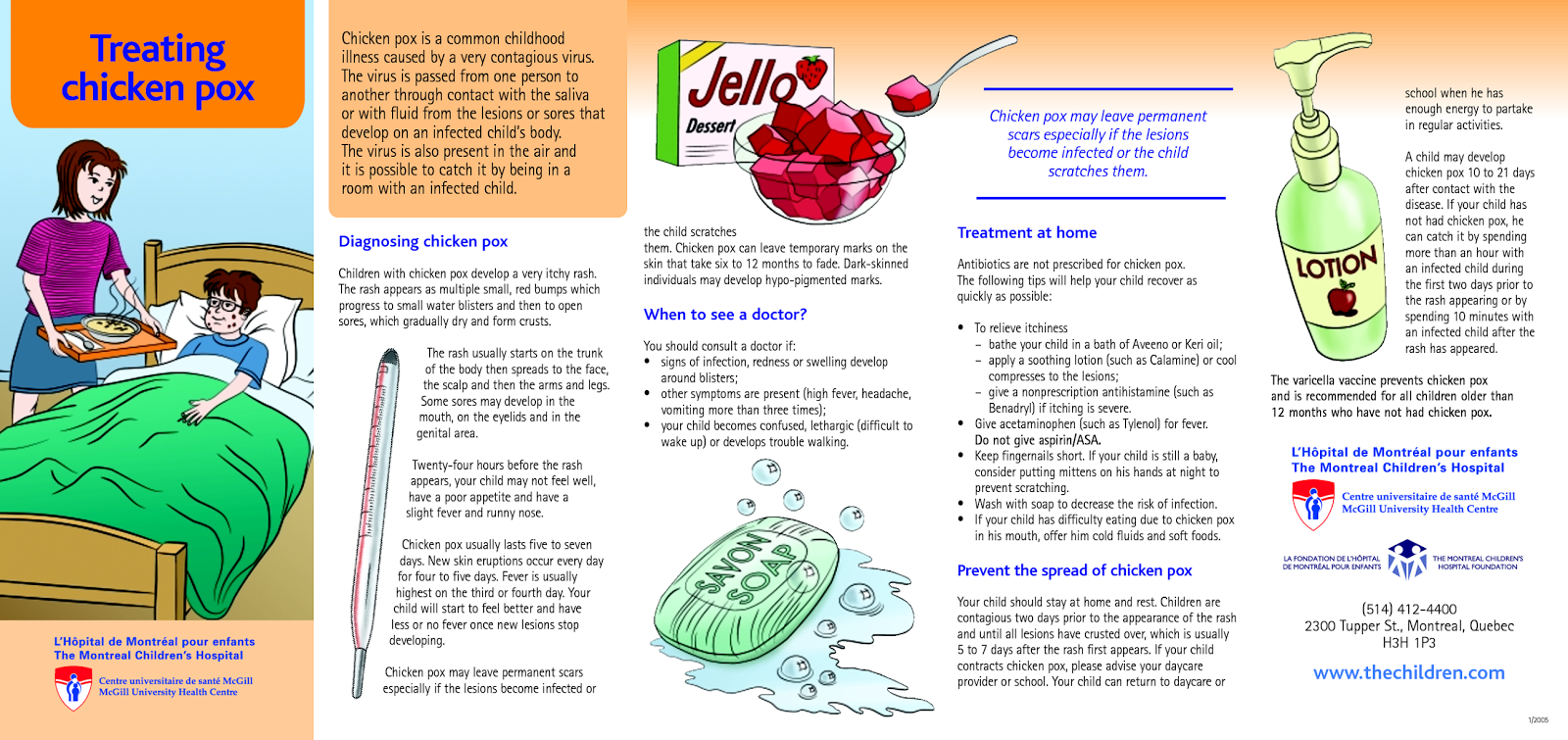 This information does not constitute and should not be relied on for professional medical advice. Always talk to your doctor about the risks and benefits of any treatment.
This information does not constitute and should not be relied on for professional medical advice. Always talk to your doctor about the risks and benefits of any treatment.
K Health has strict sourcing guidelines and relies on peer-reviewed studies, academic research institutions,
and medical associations. We avoid using tertiary references.
Fever. (2016).
https://medlineplus.gov/fever.html
High temperature? When should you see a doctor? — Into-Sana
Causes of fever
An increase in body temperature is most often a protective reaction of the body to infections, it contributes to the death of pathogenic microorganisms, accelerating the response of the immune system. It is for this reason that doctors do not recommend taking antipyretics if the temperature is subfebrile, i.e. does not exceed 38C – you need to give the body the opportunity to “fight” the infection.
It is for this reason that doctors do not recommend taking antipyretics if the temperature is subfebrile, i.e. does not exceed 38C – you need to give the body the opportunity to “fight” the infection.
At higher numbers, medical temperature control (taking antipyretics) is necessary. This is due to the fact that high temperature significantly increases the load on the cardiovascular and respiratory systems and can contribute to the development of shock-like conditions and convulsive syndrome (especially in children).
Rarely, fever occurs in the absence of inflammatory processes in the body. This can be observed in violation of the processes of thermoregulation in the brain due to its focal lesions, with hormonal disorders (hyperthyroidism), taking certain medications, poisoning with certain substances, neurosis, systemic diseases of the connective tissue, tumor processes, etc.
How to respond to elevated temperature?
- If fever is combined with other symptoms of SARS (runny nose, sore throat, cough, etc.
 ), self-treatment is possible, the main points of which are bed rest and heavy drinking. When the temperature rises above 38C, it is necessary to take an antipyretic.
), self-treatment is possible, the main points of which are bed rest and heavy drinking. When the temperature rises above 38C, it is necessary to take an antipyretic. - Preservation of elevated temperature on the 5th-7th day of acute respiratory viral infections or a repeated increase in temperature after several days of its normalization is a reason to see a doctor. This situation most often indicates a complication.
- With an increase in body temperature against the background of the absence of symptoms characteristic of SARS, a visit to the doctor is mandatory.
It is necessary to seek medical help immediately (within 24 hours) in the following situations:
- Body temperature 39-40C, headaches, muscle aches, pain when moving the eyes (suspicion of influenza).
- High body temperature against the background of symptoms that are not characteristic of a common cold: shortness of breath, profuse sweating at night, pain when breathing and coughing, pain in the lumbar region, pain when swallowing, etc.

- Increased body temperature after medical manipulations and operations.
- High temperature in a person who returned from another country.
Call an ambulance in the following situations:
- High body temperature, severe headaches, aggravated by bringing the chin to the chest. In this case, it is necessary to exclude meningitis.
- Fever, nausea, vomiting, diarrhea. These symptoms are characteristic of intestinal infections.
- Fever, acute abdominal pain. These signs are characteristic of acute surgical pathology – acute appendicitis, acute cholecystitis, pancreatitis, etc.
Routinely (within a week from the moment of occurrence) it is necessary to consult a general practitioner in case of subfebrile body temperature (37-38C) in the absence of other pronounced symptoms. A condition in which subfebrile body temperature persists for a long time, and the reasons for this increase are unclear, is called a fever of unknown origin. In this situation, it is very important to find the cause. It must be understood that diagnostic search in some of these cases can be difficult.
In this situation, it is very important to find the cause. It must be understood that diagnostic search in some of these cases can be difficult.
In all situations of fever, you should contact a general practitioner – an internist. It is this specialist who will assess the situation as a whole and determine the shortest path to recovery.
Be healthy!
Treatment of fever and chills | Haleon HealthPartner
Treating Fever and Chills
Here we discuss how to treat fever and chills caused by the flu or SARS.
Treatment steps for fever and chills
IDENTIFY
Use appropriate diagnostic questions to confirm that fever and chills are due to influenza or SARS.
INFORM
- Tell the patient how to minimize transmission of influenza or SARS to others
- Counsel the patient about influenza- or SARS-related symptoms that may require additional medical attention
RECOMMEND
Along with the necessary advice, recommend or suggest drugs according to the individual needs of the patient.
Patient education
Since the influenza virus causes significant morbidity and even death every year, 1 patients should be educated on how to reduce the risk of infection and how to stop the spread of the virus. These measures include: 2
- covering your mouth with a tissue when coughing and sneezing;
- washing hands regularly and thoroughly;
- habit of not touching the face;
- annual vaccination;
It should also be clarified that only a doctor prescribes medicines for influenza, in case of severe influenza, but drug and non-drug treatment of such unpleasant symptoms as fever and chills is possible. 4
Treatment of fever should not only reduce fever but also relieve discomfort
5
Non-pharmacological treatment
Non-drug ways to relieve fever
- Drink more to stay hydrated
- Monitor symptoms continuously
- Air temperature must be neutral, approximately 25°C
- Do not dress too warmly or too lightly; wear comfortable clothes
- Provide Peace
Medical therapy
Medications to relieve fever
The main over-the-counter pain and fever medications are paracetamol and NSAIDs (ibuprofen and acetylsalicylic acid).
 5
5 Paracetamol has been shown in clinical studies to relieve fever 5-8 as a symptom of influenza and is considered the first-line therapy in adults and children. 5.9
Ibuprofen is also suitable for use in children older than 3 months, 10 but may be associated with more adverse events and drug interactions than paracetamol. 11 Preparations containing acetylsalicylic acid are not recommended for the treatment of fever in children (due to the risk of developing Reye’s syndrome). 4
Fever and chills requiring referral
Fever and accompanying chills are symptoms of various illnesses, not just the flu.
The patient should be referred to a physician immediately if the pharmacist or caregiver observes the following:
- Paleness; patchy skin lesions; skin, lips or tongue are blue or ashy
- No response to social cues
- Patient has difficulty walking or staying awake
- Decreased activity
- Signs of acute respiratory distress syndrome such as nasal flaring, increased respiratory rate, wheezing in the chest, groaning and moderate or severe chest retraction
- Palpitations
- Reduced skin turgor
- Body temperature above 39°C in children aged 3-6 months or body temperature above 38°C in children <3 months of age
- Fever with rash
- Flu-like symptoms that improve but then recur with fever and worse cough 13
Treatment of fever and chills: summary
Once a patient’s fever and chills have been determined to be due to influenza or SARS, pain/antipyretics may be recommended to relieve symptoms, with paracetamol being suggested as first-line therapy.


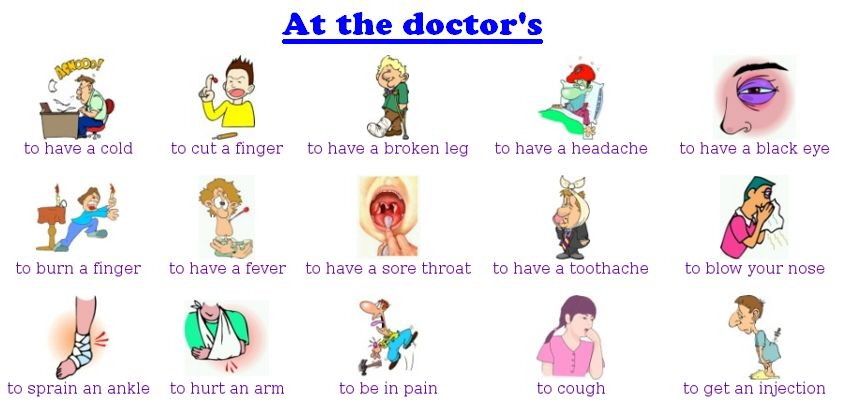 ), self-treatment is possible, the main points of which are bed rest and heavy drinking. When the temperature rises above 38C, it is necessary to take an antipyretic.
), self-treatment is possible, the main points of which are bed rest and heavy drinking. When the temperature rises above 38C, it is necessary to take an antipyretic.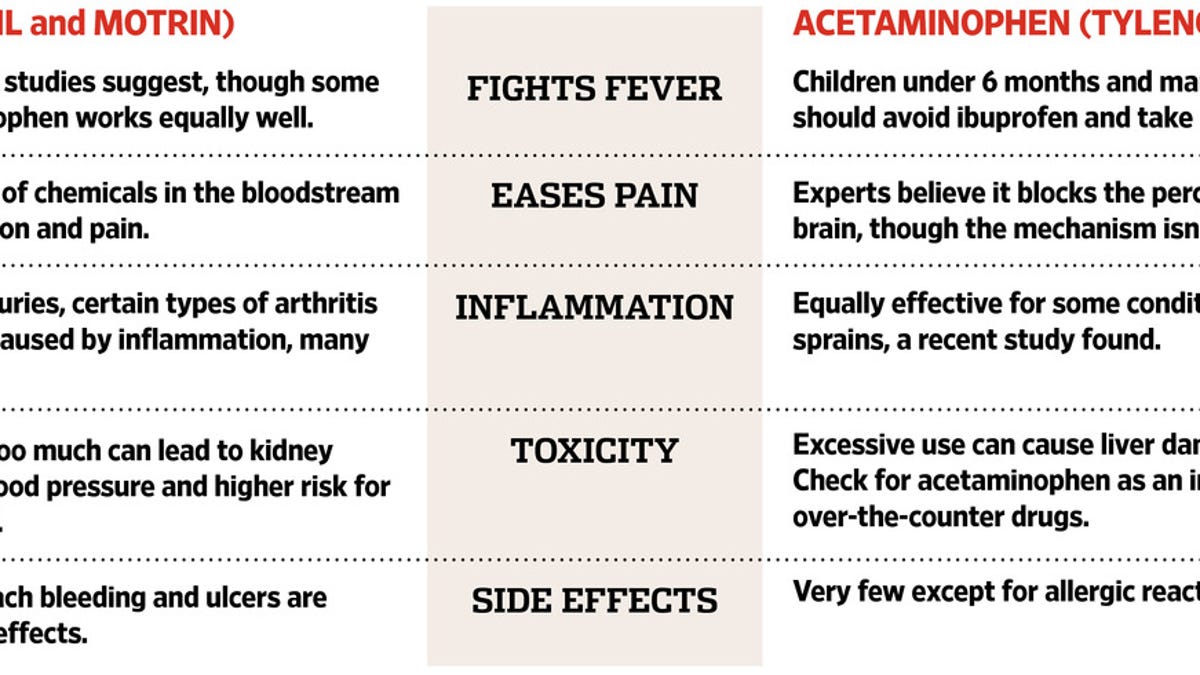
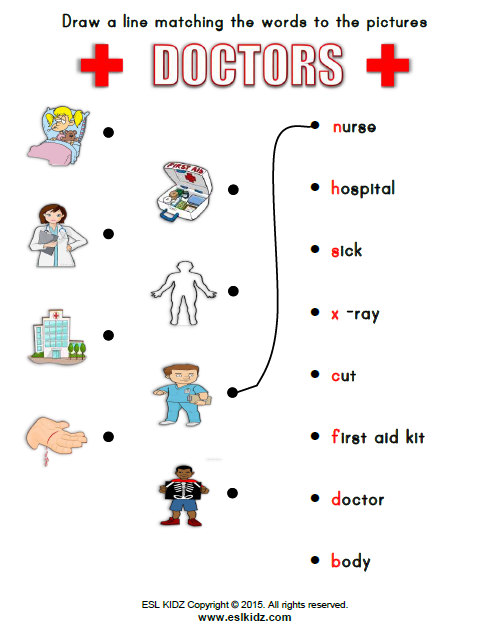 5
5